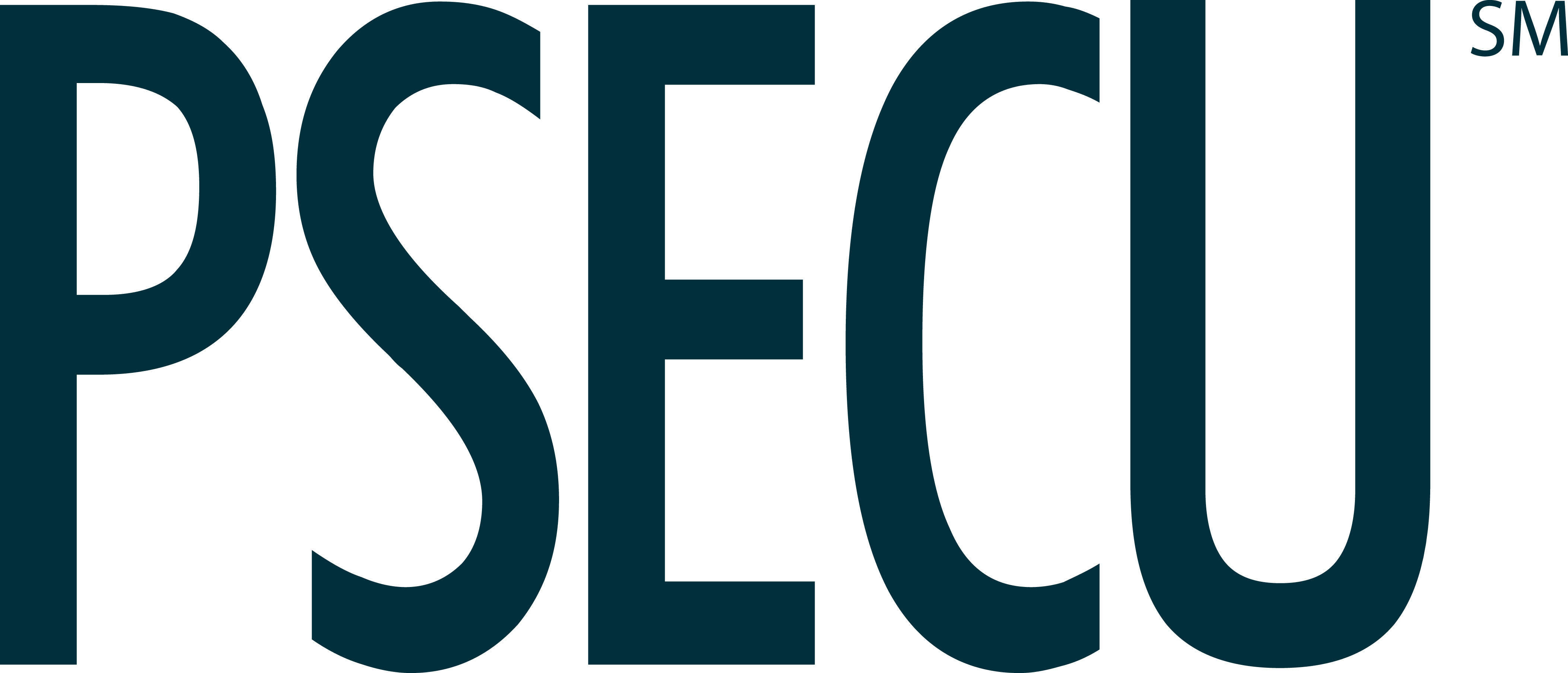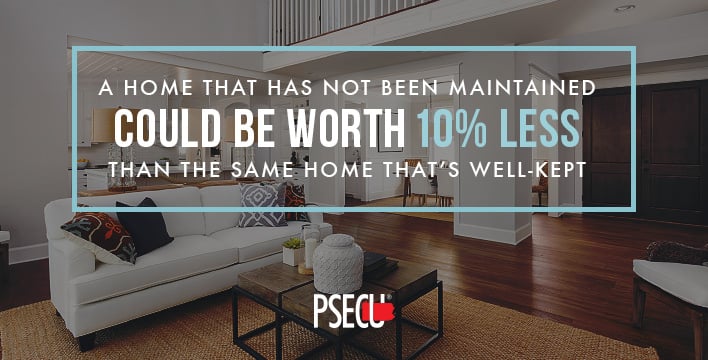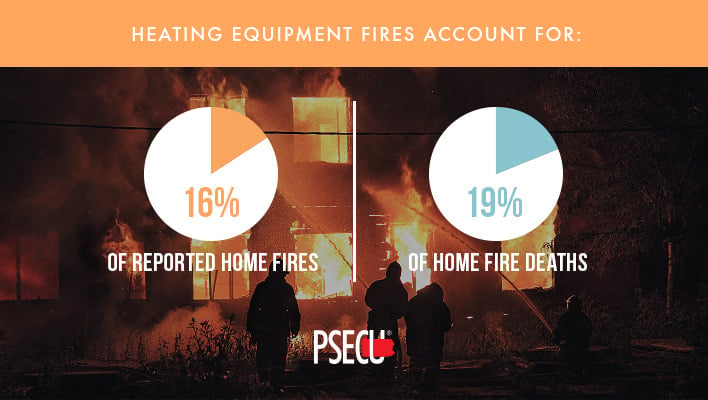Owning a home is a dream come true for many people. Whether it’s your first home or you’ve been a homeowner for some time, maintaining its value should be one of your top priorities.
Protecting Your Property Value
A home that has not been maintained could be worth 10% less than the same home that’s well kept.
Paying attention to your property’s curb appeal and maintaining its indoor appearance is important. Basic components that differentiate one home from another include:
- Landscaping: Unkempt plants, flowerbeds and grass lower curb appeal
- Paint: Chipped or faded paint can alter the aesthetic of a home
- Flooring: Stained or well-used carpets — indoor or outdoor — in addition to scratched floors and stained concrete, are signs of wear on a home
By maintaining these areas regularly, the perceived value of the home could be more favorable in the future.
Another factor that plays a large role in a home’s value is economic age. During an appraisal, an appraiser will give an estimate of how long the home is expected to survive based on its present condition. Annual home maintenance protects this value, should you seek an appraisal for any reason in the future.
It’s important to think of home maintenance as essential in maintaining your home’s value. According to a joint study carried out by the University of Connecticut and Syracuse University, annual maintenance actually increases the value of most homes by 1% per year. It’s important to note that this figure is generally offset by the cost of maintenance. However, it can help to offset the potential for depreciation.
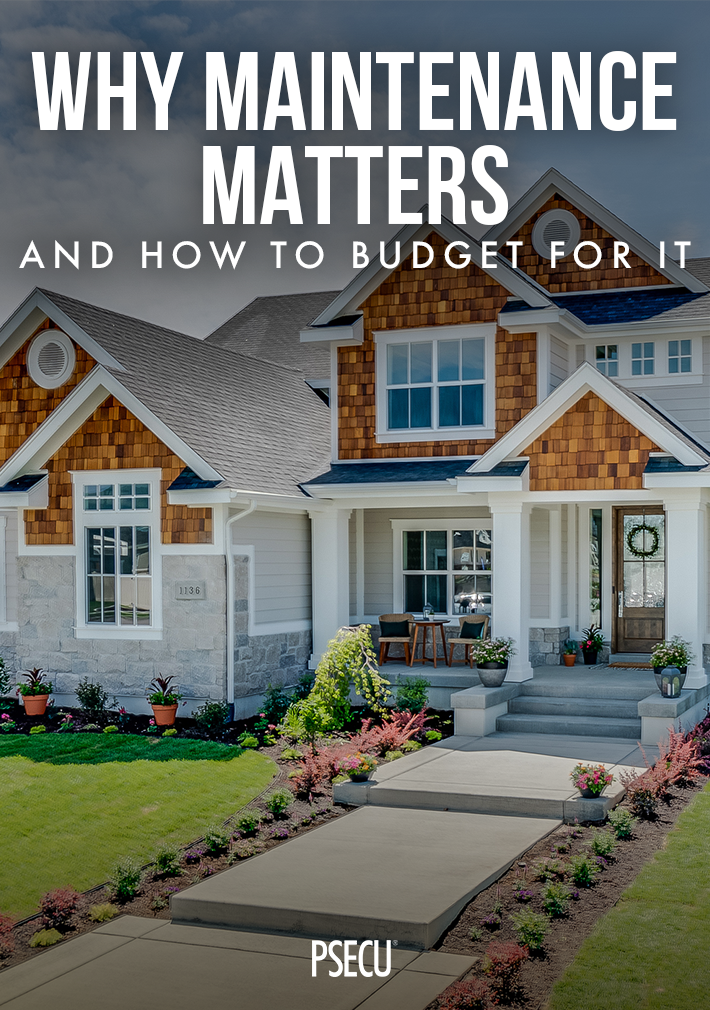
Taking Safety Precautions
In addition to maintaining the value of your home, regular maintenance can also increase the safety of your home. In fact, Heating equipment fires account for 16% of reported home fires and 19% of home fire deaths — second only to smoking-related fires — each year. Regular maintenance of all crucial home systems and appliances could prevent catastrophic situations from arising.
Other potential issues that could be related to neglected or improper home maintenance include:
- Carbon monoxide poisoning, which could be caused by damaged heat exchangers in old furnace units. The U.S. averages 430 carbon monoxide-related deaths a year.
- Respiratory illness, distress and disorders due to improper air filtration systems. 2 million deaths were attributed to indoor air pollution in 2008, the last year a study was performed by the World Health Organization.
- Electrical shock caused by HVAC system trouble. When certain HVAC ducts become blocked or clogged — which could be identified by regular maintenance — water can come in contact with electrical components, increasing the chance of electric shock.
- Wiring issues in older homes. When a home is wired according to older building codes, or no codes at all, the risk of fire can increase. Because 76 percent of civilian fire injuries happen in residential buildings, according to FEMA’s latest study, this is something worth paying attention to.
It’s important to note that regular maintenance generally costs less than replacing equipment, and helps to prolong the life of many home systems and appliances while maintaining the safety of those inside the home.
Knowing the risks related to improper home maintenance, are you wondering where to start and how to create a home maintenance schedule for your home? Keep reading for specific tips for homeowners to protect what may be the largest investment of your life.
Budgeting for Home Maintenance
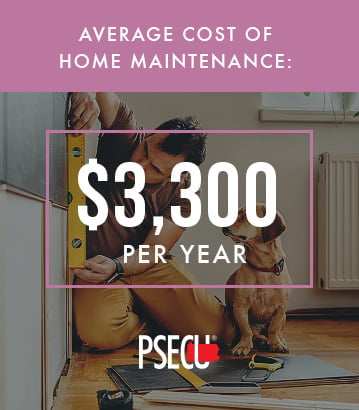 Now that we have established that home maintenance is critical, budgeting for that maintenance should be of equal importance.
Now that we have established that home maintenance is critical, budgeting for that maintenance should be of equal importance.
It’s also important to note that the cost of maintenance varies from one year to the next. For example, purchasing a new HVAC system will be costlier than adding or repairing caulking around the bathtub or replacing drywall.
As a starting point, the U.S. Census shows that the average cost of home maintenance — over a number of years rather than one year at a time — evens out to around $3,300 per year. Other sources highlight a range between 1% and 3% of the initial home purchase price per year.
Many variables affect maintenance costs. These include:
- Home age
- Regional weather/climate
- Home condition at purchase
- Home location (bottom of a hill, near wetlands, etc.)
While budgeting for maintenance isn’t an exact science, you can best prepare by starting to save for future maintenance costs as soon as you purchase your home.
If you have not created a budget, start with a budgeting worksheet. Fill in your monthly income from all sources, followed by an estimate of your monthly expenses. Be sure to include potential home maintenance costs, like those listed above, in your figures. At the end of each month, fill in your actual expenses, and look for areas that could use improvement. Using actual figures and looking back over each purchase is the best way to ensure your budget begins to work for you.
For other information on managing finances during the purchase of a home and all other areas of life, check out PSECU’s WalletWorks page. Education and a few simple steps could help you save for regular and unexpected expenses during your homeownership.
Read our other chapters
Chapter 1
Why Maintenance Matters and How to Budget for It
Chapter 2
Plumbing Maintenance — From Snaking a Main Drain to Dealing with Hard Water Clogs
Chapter 3
Well Maintenance — Water Well Maintenance Starts With Understanding Groundwater Basics
Chapter 4
Septic Tank Maintenance — Preventative Care for Your Tank and Spotting Warning Signs
Chapter 5
Sewer Line Maintenance — From Understanding How Systems Work to Spotting Clogs
Chapter 6
HVAC System Maintenance — Keeping Your Home Comfortable Throughout the Year
Chapter 7
Insulation — Better Insulating Your Home and Preventing and Addressing Drafts
Chapter 8
Home Exterior Maintenance — Saving Costs by Identifying Seasonal Tasks
Chapter 9
Home Improvement Ideas — Adding Value to Your Home and Getting a Return on Your Investment
Download all chapters as a PDF.
The content provided in this publication is for informational purposes only. Nothing stated is to be construed as financial or legal advice. Some products not offered by PSECU. PSECU does not endorse any third parties, including, but not limited to, referenced individuals, companies, organizations, products, blogs, or websites. PSECU does not warrant any advice provided by third parties. PSECU does not guarantee the accuracy or completeness of the information provided by third parties. PSECU recommends that you seek the advice of a qualified financial, tax, legal, or other professional if you have questions.
